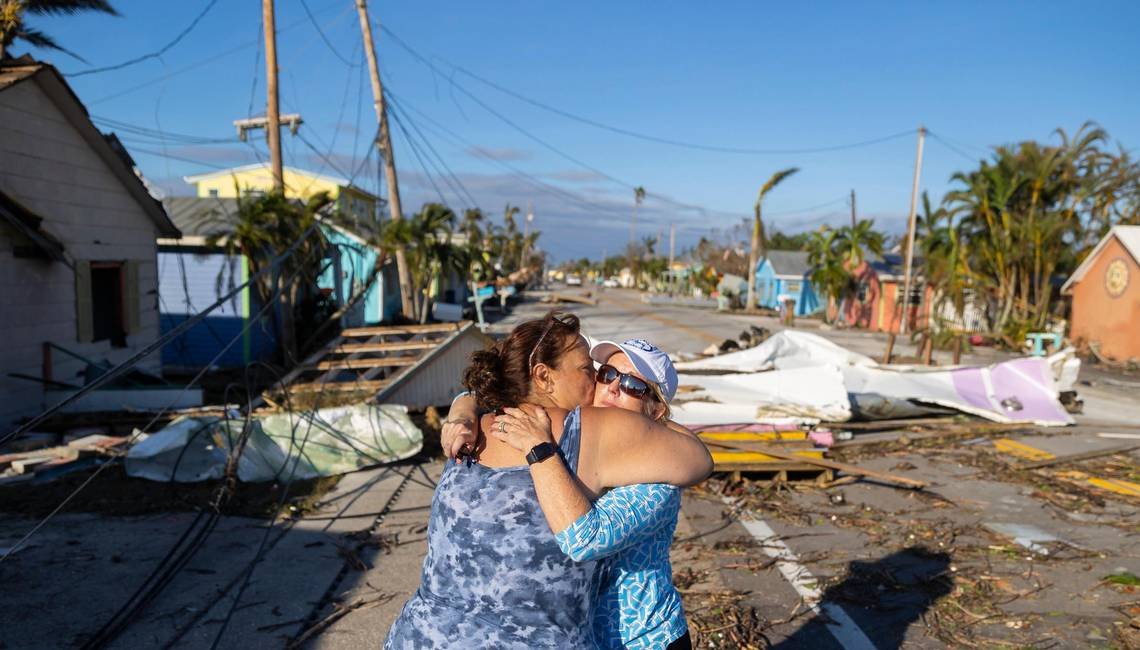As residents of North Miami Beach and surrounding areas in Florida well know, the threat of hurricanes is a perennial concern, shaping how homes are built and maintained. Over the past two decades, significant advancements in building codes and construction techniques have been instrumental in reducing hurricane damage. This article explores the evolution of these codes, the specific requirements designed to fortify homes against hurricanes, and the importance of adopting construction practices that go beyond mere compliance.
The Evolution of Florida’s Building Codes
Following the catastrophic aftermath of Hurricane Andrew in 1992, Florida has been a leader in enhancing building resilience through comprehensive code revisions. These changes aim to ensure that both residential and commercial buildings can withstand the high winds and flying debris typical of hurricanes. In areas particularly vulnerable to these natural disasters, such as Miami-Dade and Broward counties, the building codes are even more stringent, requiring properties to meet additional criteria, including special impact-resistant windows and doors.
Key Building Code Requirements for Hurricane Resistance
Florida’s building codes now mandate a range of requirements designed to protect homes from hurricane damage. For instance, homes built within a mile of the coastal mean high-water line (MHWL) must comply with codes tailored to withstand wind speeds of 110 mph or higher. The High-Velocity Hurricane Zone (HVHZ) designation introduces even more rigorous standards to safeguard against the most severe weather conditions.
Significantly, the codes cover not just the structural elements of a building but also include specific installation methods and materials for roofing. For example, in areas where wind speeds exceed 110 mph, roofs must be constructed using roofing nails and fasteners designed for enhanced durability and resistance to uplift.
Beyond Code Compliance: Enhancing Home Safety
Meeting the Florida Building Code (FBC) is a critical first step in hurricane preparedness, but homeowners are encouraged to consider additional measures. Techniques such as reinforcing roof-to-wall connections, installing secondary water barriers, and applying hurricane straps and clips can provide an extra layer of security. These enhancements help to anchor the roof more firmly to the structure, reducing the risk of significant damage during a storm.
The Role of Professional Expertise
The complexity of the FBC and the technical nature of hurricane-resistant construction underscore the value of working with experienced professionals. Contractors and builders who specialize in hurricane-proof construction are not only familiar with the letter of the law but also understand the practical application of these codes to maximize home safety. North Miami Beach Roofing Specialists are quickly becoming one of the top roofing companies in the area. Their expertise is invaluable in navigating the maze of regulations and in implementing the best practices for hurricane resilience.
Conclusion: A Collective Effort Toward Resilience
Building codes and construction techniques have come a long way in enhancing the hurricane resilience of Florida homes. However, the ongoing challenge of climate change and the increasing frequency of severe storms necessitate a continued focus on improving building standards and practices. Homeowners, builders, and regulators must work together to ensure that homes are not only compliant with the current codes but are also equipped with the best possible defenses against future hurricanes. By prioritizing safety and resilience, we can help protect our communities, minimize damage, and accelerate recovery in the aftermath of these devastating natural events.
